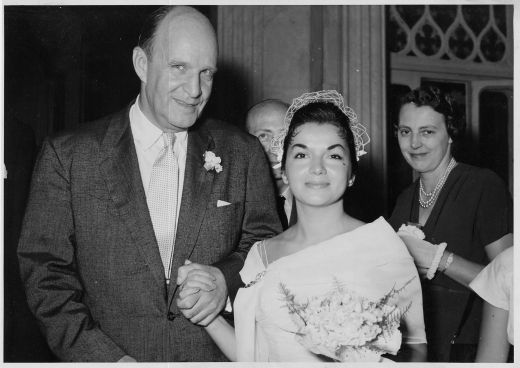I am a son of Edward Durell Stone. Father was a prominent American architect in the twentieth century. He is most well-known for his work in the 1950s and 1960s, projects like the U.S. Embassy in New Delhi, India or the U.S. Pavilion at the 1958 world’s fair in Brussels, Belgium. But he was also one of the earliest American architects to embrace European modernism in the 1930s.
After working as the architect-in-charge of Radio City Music Hall and the Roxy Theater in New York City, both part of the Rockefeller Center complex, he was eager to experiment with modernist design that he had seen on his grand tour of Europe in the late 1920s. His 1933 home for department store heir, Richard Mandel, was one of the earliest modern homes in the eastern United States. The acclaim from the Mandel commission and Father’s close friendship with architect Wallace Harrison led to his most significant early commission, the Museum of Modern Art in New York City, which he designed in 1937. Seemingly his career was on a meteoric trajectory, but there were complications. Father was an alcoholic, a dilemma that his first wife, Orlean Vandiver, and his two children from that marriage, Edward and Robert, had to continually confront. But Father’s charming manner, sheer talent and easy sense of humor gave people a reason to overlook his problems with alcohol.






